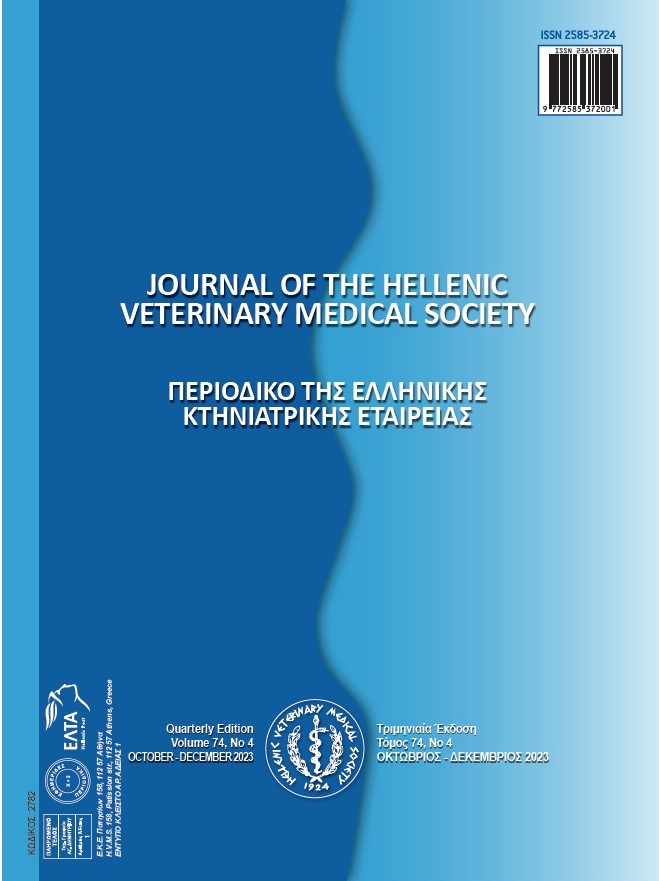First isolation of trh positive Vibrio alginolyticus from Engraulis encrasicolus in Turkey
Résumé
Engraulis encrasicolus is a fish species that people consume the most in Türkiye especially during winter months. E. encrasicolus, which is generally sold in public markets, is a small fish that takes a long time to clean and therefore is often sold without cleaning. For this reason, although large fish are exclusively handled by sellers; more people come into contact with smaller fish such as E. encrasicolus during home cleaning. This means that a zoonosis in fish such as E. encrasicolus could pose a widespread public health concern. Vibrio alginolyticus, which has virulence genes, can particularly cause wound infection when it enters through wounds and abrasions on people's hands while cleaning fish. It can lead to severe food poisoning when it enters the body orally from hands contaminated with bacteria or from the environment. Thermostable direct hemolysin (tdh) and tdh-related hemolysin (trh) are gene regions that significantly increase the pathogenicity of V. alginolyticus. These genes are predicted to be transferred to V.alginolyticus by Vibrio parahaemolyticus. In this study, a total of 200 (20 from each sale point) E. encrasicolus purchased from 10 different sale points in 4 different public markets were investigated bacteriologically. V. alginolyticus was isolated from the internal organs (spleen, kidney, liver) of 14 fish (7%) from 4 sale points in two public markets and identified by biochemical methods. The isolates were then confirmed by PCR and trh-tdh virulence genes were investigated. While the trh was detected in 6 of 14 isolates (42.8 %), tdh was not found in any of them (0%). In this study, trh positive V.alginolyticus was isolated from E. encrasicolus for the first time in Türkiye. It should be emphasized that zoonotic agents in E. encrasicolus may cause widespread public health problems. However, there is need for more comprehensive studies to be conducted especially in the Çanakkale province and Black Sea region where E. encrasicolus are extensively harvested.
Article Details
- Comment citer
-
Avsever, M., & Tunalıgil, S. (2024). First isolation of trh positive Vibrio alginolyticus from Engraulis encrasicolus in Turkey. Journal of the Hellenic Veterinary Medical Society, 75(1), 6959–6964. https://doi.org/10.12681/jhvms.33602
- Numéro
- Vol. 75 No 1 (2024)
- Rubrique
- Research Articles

Ce travail est disponible sous licence Creative Commons Attribution - Pas d’Utilisation Commerciale 4.0 International.
Authors who publish with this journal agree to the following terms:
· Authors retain copyright and grant the journal right of first publication with the work simultaneously licensed under a Creative Commons Attribution Non-Commercial License that allows others to share the work with an acknowledgement of the work's authorship and initial publication in this journal.
· Authors are able to enter into separate, additional contractual arrangements for the non-exclusive distribution of the journal's published version of the work (e.g. post it to an institutional repository or publish it in a book), with an acknowledgement of its initial publication in this journal.
· Authors are permitted and encouraged to post their work online (preferably in institutional repositories or on their website) prior to and during the submission process, as it can lead to productive exchanges, as well as earlier and greater citation of published work.




